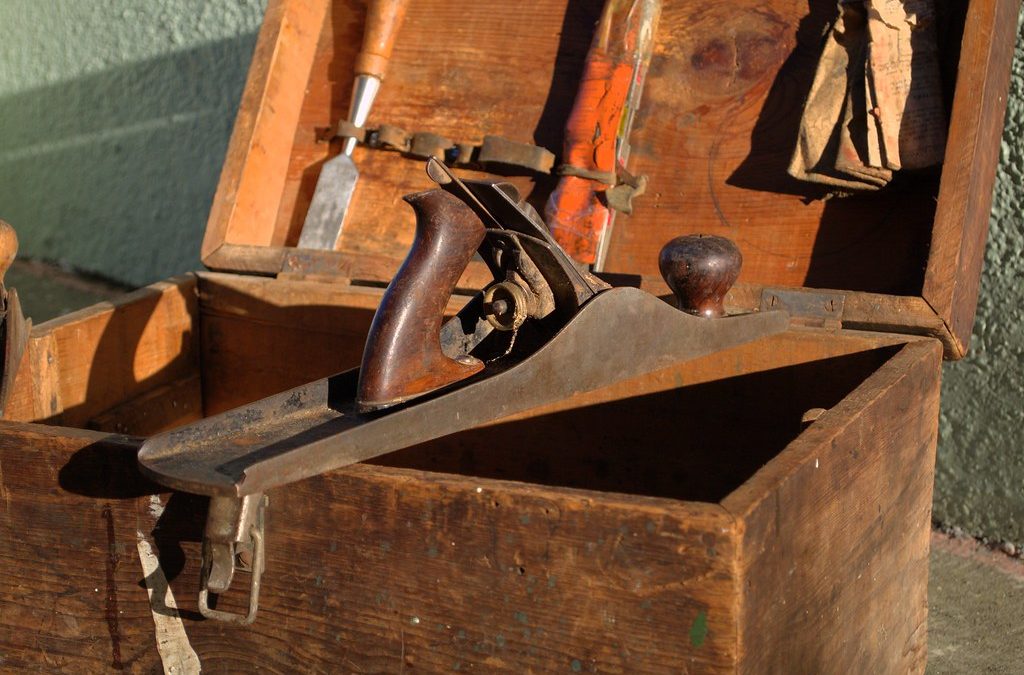A man was inside his house during terrible rainstorm. The streets began to flood. Terrified, he prayed to God to rescue him. As he was praying, there was a knock at the door. It was his neighbor, offering him a ride to safety. The man was too afraid to move. He decided to wait for God to save him, and his neighbor drove off to higher ground.
The water rose, and the man continued to pray. He moved to his second floor. As the was praying, he heard a boat come by with people heading for safety. They pulled up to his second story window and asked him to climb in so they could rescue him from the flood. He refused, afraid to jump from the safety of his house into the boat. “I’ll stay here!” he said. “God will save me!
The water rose, and the man continued to pray. Almost paralyzed with fear, he climbed onto his roof. A helicopter flew by and a rope ladder dropped down in front of him. The man was too scared to climb the ladder in the pelting rain—the risk was too high! He shouted at the pilot to leave and rescue others; God would save him. The helicopter flew off, and the flood waters overcame the man. He drowned.
Standing before God, the man asked, “Why didn’t you save me?” God replied, “I sent you a car, a boat, and a helicopter. You didn’t use ay of them. What else would you have me do?”
Sometimes the tools we need are right in front of us, but we’re so afraid of what the outcome might be or so focused on our own idea of what needs to happen that we can’t see those tools for what they are.
Let’s talk about leadership—your leadership, to be precise. Did you know that you actually have the tools you need to be a great leader, to build on the great things happening at your workplace, to help change the things that need to be changed? These tools are not always easy to use. They take energy and courage, patience and understanding. Using them carries risk. Is it worth it to you to face your fears, to let go of your certainty, and to pull a rusty, underused tool out of your leadership toolbox to start leading a little differently?
I hope so.
We call the twelve monthly sessions of LEAD 365 “chapters” because they are all interconnected. Put together, the chapters you went through in your LEAD 365 year contain the tools you need to make a big impact, wherever you are, and in ways you may not be aware of. I’m going to use the next several posts to explore the different tools you learned during LEAD 365 and how to apply them.
I’m looking forward to digging into your leadership toolbox! We will start next week by exploring Living Systems. Understanding how systems work and how your behavior affects the system is foundational to this series. Until then, please think about your time in LEAD 365. What tools are you using, and which ones do you need to start using? Let’s be honest, it’s great to have a full toolbox, but those tools do no good unless you’re willing to use them.
Until next time,
Meredith
Image by grggrssmr. Used under CC BY-SA 2.0 license.

